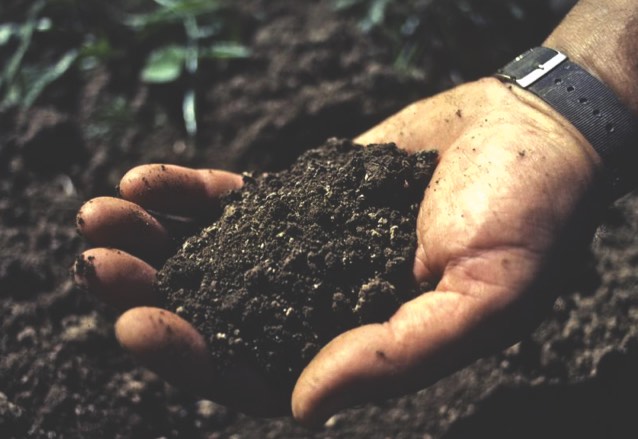CHINA CHECKLIST:
- The oldest tree in the world, the ginkgo tree, is a Chinese native, dating from the Jurassic Age some 160 million years ago
- Trees and plants each have a symbolic meaning. The peach tree (蟠桃; pántáo) stands for immortality, the magnolia tree (玉兰; yùlán) for a beautiful woman
We’ve all heard of The Great Wall of China. With 3.9 billion individual bricks put in place by 300,000 soldiers and half a million citizens over 2200 years ago, it is heralded as one of the greatest achievements of human ingenuity. Fast forward to today and China is again building a historic wall. Since 1978, China has planted 66 billion trees along the perimeter of its deserts, aiming to increase the world’s forest cover by more than a tenth by 2050.
This ‘Green Wall’ is keeping out a new enemy; desertification. Desertification threatens China’s economic and social fabric, swallowing 3,600 square kilometers of grassland each year. Agricultural soils are being lost at alarming rates, causing a drop in GDP and mass migrations to the cities. Land Life wants to help in this fight against the sand, with the first Cocoons being planted in Inner Mongolia this year. Our goal is to help improve the survival rates of current efforts, making our own tree-by-tree contribution to what will become the next Great (green) Wall of China.



